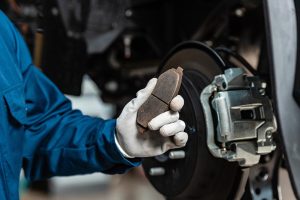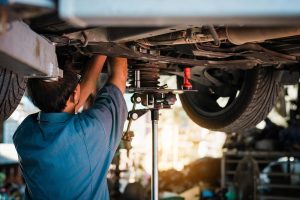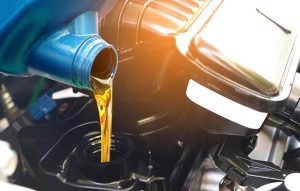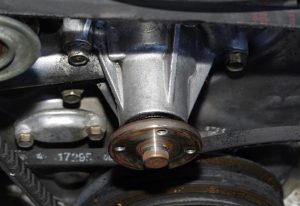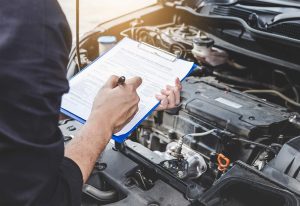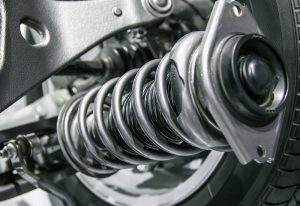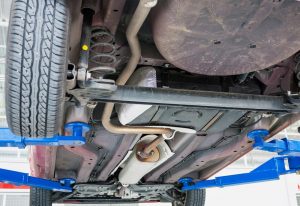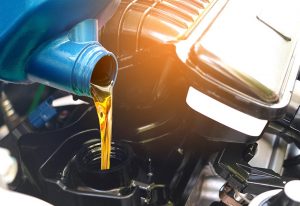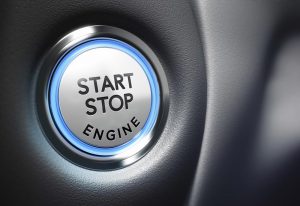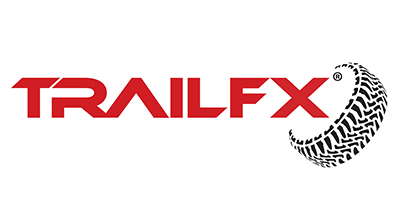Stop on a Dime: Why Cold Weather Demands Healthy Brakes
As the temperatures drop and the seasons change, driving conditions become unpredictable. Whether you are dealing with morning frost, slick rain, or icy roads, there is one system in your vehicle that matters more than any other: your brakes. Many drivers wait until they hear a loud grinding noise before thinking about brake repair. However, ensuring your vehicle can stop safely is crucial before the bad weather hits. Here is what you need to know about keeping your car safe and responsive this season. The Connection Between Cold Weather and […]
Read More… from Stop on a Dime: Why Cold Weather Demands Healthy Brakes
